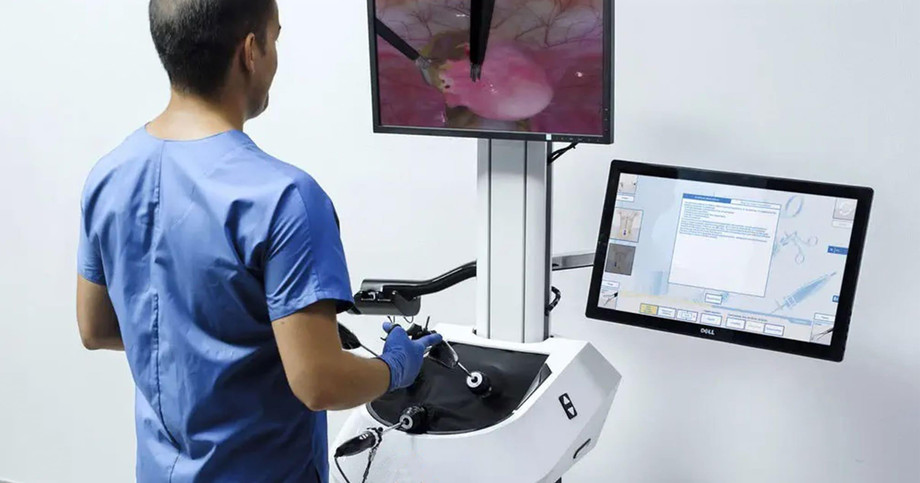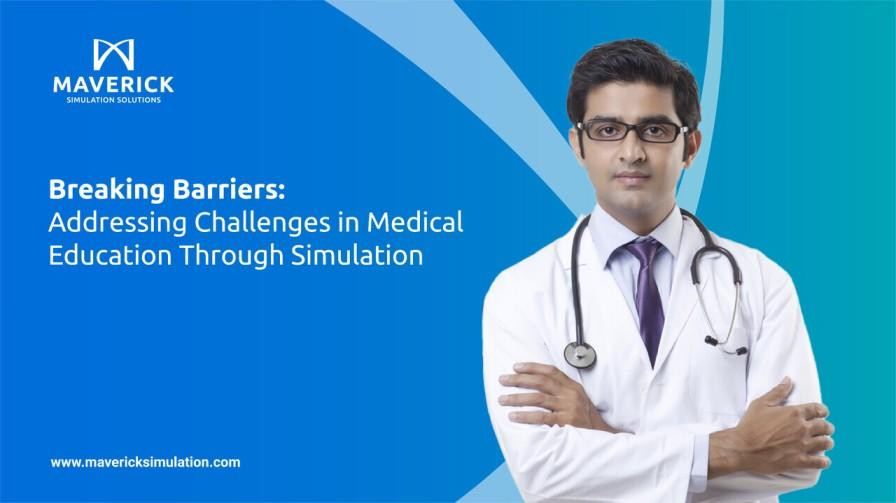In the modern medical field, technological advancements have greatly enhanced the quality and precision of healthcare. One critical area of development has been in the training of surgeons, anesthesiologists, and other healthcare professionals. Surgical simulators have become essential tools in developing the skills of medical teams, enabling them to practice complex procedures in a controlled environment. Among the most important of these are integrated patient and laparoscopy simulators, surgery and anesthesia team training simulators, and laparoscopy simulators. These innovative technologies provide healthcare professionals with invaluable hands-on experience, improving patient outcomes while reducing the risks involved in surgical training.
Bridging the Gap Between Theory and Practice
Laparoscopic surgery, often referred to as minimally invasive surgery, requires specialized skills and precision. The integrated patient and laparoscopy simulator offers a comprehensive platform for surgeons to develop these skills before performing real-life surgeries. Combining patient simulation with laparoscopy practice, these simulators provide an immersive and realistic training environment.
Features of Integrated Simulators:
- Realistic Scenarios: Integrated patient and laparoscopy simulators replicate real-life surgical situations, including patient responses to surgical interventions, changes in vital signs, and potential complications.
- Advanced Feedback Systems: These simulators offer real-time feedback on the surgeon’s performance, helping trainees improve their hand-eye coordination, depth perception, and overall surgical technique. This allows surgeons to refine their skills without putting actual patients at risk.
- Multi-Disciplinary Approach: The integration of patient simulation with laparoscopy enables surgeons to work with anesthesiologists and other team members, promoting collaborative care.
These simulators help bridge the gap between theory and practice, giving healthcare professionals the confidence and competence to perform complex laparoscopic procedures in a real-world setting. They enhance decision-making, situational awareness, and technical proficiency, leading to safer surgeries and better patient outcomes.
Enhancing Collaboration and Efficiency
Effective surgery requires the coordination of an entire medical team, including surgeons, anesthesiologists, nurses, and other support staff. A surgery and anesthesia team training simulator is designed to improve team communication, collaboration, and efficiency. By simulating real surgical scenarios, these simulators prepare teams to work cohesively in high-pressure environments.
Benefits of Team Training Simulators:
- Improved Team Communication: Surgical procedures require seamless communication between the surgical team and anesthesiologists. Training simulators help team members practice communicating critical information, ensuring that everyone is on the same page during the surgery.
- Crisis Management Training: In surgery, emergencies can arise unexpectedly. A surgery and anesthesia team training simulator allows teams to practice handling complications such as adverse drug reactions, equipment failure, or unexpected patient responses.
- Enhanced Role Clarity: In a simulated environment, team members can clearly define their roles and responsibilities, reducing confusion during actual surgical procedures. This ensures that each member of the team knows what is expected of them, contributing to smoother, safer surgeries.
The collaborative nature of these simulators fosters a deeper understanding of how different professionals work together in a clinical setting. By practicing various surgical scenarios, the team becomes better prepared to handle challenges in the operating room, ensuring that surgeries are performed efficiently and with the highest standard of care.
Mastering Minimally Invasive Surgical Skills
Laparoscopy, a key minimally invasive surgery technique, requires specialized dexterity and precise instrument handling. Traditional surgical training methods, such as cadaveric dissection or mentorship during live surgeries, can be expensive, time-consuming, and limited in availability. The laparoscopy simulator provides a flexible and cost-effective alternative, offering trainees the opportunity to develop their skills in a controlled and repeatable environment.
Key Advantages of Laparoscopy Simulators:
- Trainee-Friendly Environment: These simulators are specifically designed to accommodate both beginners and experienced surgeons. Novices can start with basic exercises, such as manipulating laparoscopic instruments and practicing suturing, before advancing to more complex procedures.
- Detailed Performance Metrics: Laparoscopy simulators are equipped with advanced software that tracks and evaluates the surgeon’s performance. Metrics such as precision, speed, and safety are analyzed, enabling trainees to receive objective feedback and work on areas of improvement.
- Cost-Effective Learning: Instead of using expensive resources like live animals or human cadavers, laparoscopy simulators allow for repeated practice at a fraction of the cost. This makes it easier for training centers to provide ample opportunities for surgical education without exceeding budget constraints.
Laparoscopy simulators also offer customizable scenarios, allowing surgeons to practice procedures ranging from basic laparoscopic skills to highly complex surgeries. Whether the trainee is working on a simple task such as tissue manipulation or a full-scale laparoscopic procedure, the simulator provides a hands-on experience that is invaluable for skill development.
Transforming Surgical Training with Advanced Simulators
The advancement of surgical simulators whether it’s the integrated patient and laparoscopy simulator, surgery and anesthesia team training simulator, or laparoscopy simulator has revolutionized the way medical professionals are trained. These simulators provide a safe, controlled environment where healthcare providers can hone their skills, improve team collaboration, and ensure that surgeries are conducted with precision and care.
By incorporating these simulators into surgical training programs, medical institutions can produce highly skilled surgeons and well-coordinated surgical teams, ultimately leading to better patient outcomes and fewer complications in the operating room. The future of surgical education lies in the continued development and adoption of these cutting-edge technologies, which will continue to push the boundaries of what is possible in medicine.
For more information: https://www.mavericsolution.com/



